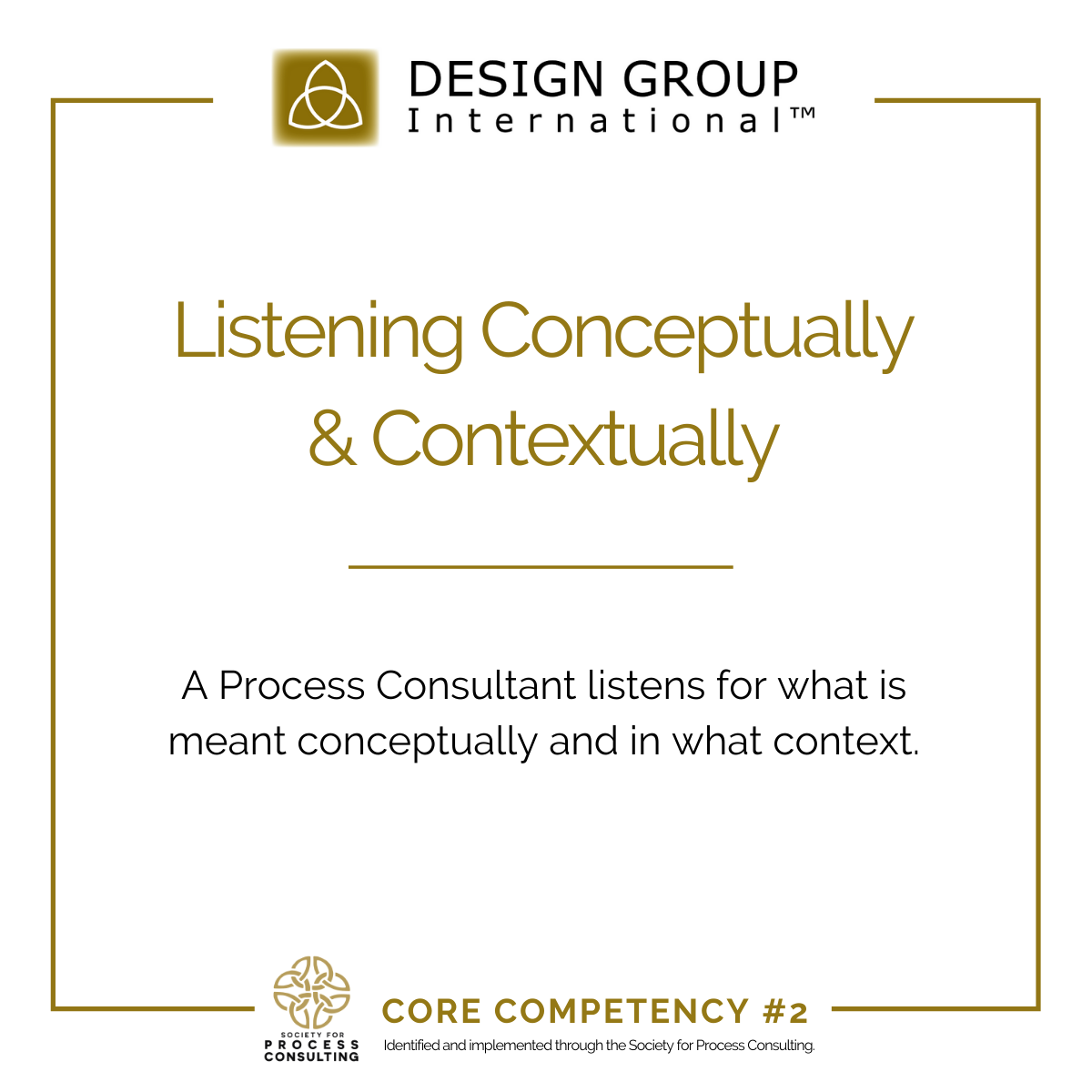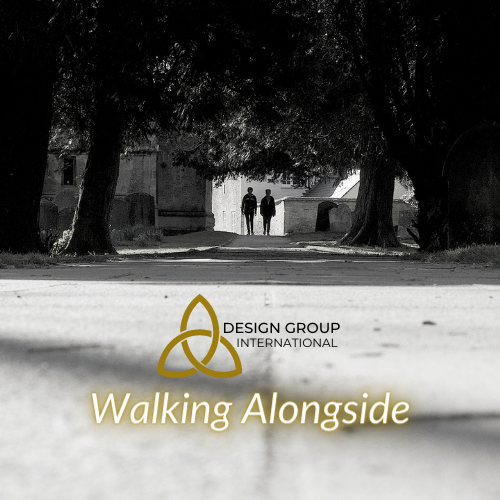
Moving Deeper in Listening
Listening is one of the most difficult things we are called to do as humans. To listen to someone is to suspend your own ego and make room for someone else’s story. Most of us are terrible listeners. We default to listening shallowly, hearing only words, and waiting for our opportunity to interject our own thoughts and feelings. We search for facts and concrete details, hoping to use these as threads that let us weave our own experiences into the situation. This is the first level of listening, called Internal Listening by Henry and Karen Kimsey-House in their book Co-Active Coaching.
Moving deeper, the next level of listening tries to understand the context within which the story is told. Here, you must suspend your need to contribute to the conversation and instead pay attention to what is being said, and how those words are experienced by the teller. This is where we understand how the facts and details combine with the lived experiences of people, and the shared experiences of organizations, to build a story. This is the space where emotion exists.
Process consulting goes even further, hearing not just the context, but also reaching deeper into an experience to understand the concepts. Concepts, in this sense, are the fundamental building blocks of experience. They are the most basic lenses through which we view the world. Dr. Assael Romanelli calls this level of listening “archetypal” listening. This is the level where we start to understand the basis for the emotional responses we’ve processed above.
A few years ago, I worked with a regional body of a mainline denomination to understand their past and chart a course for their future. In this work, we spent some time discussing the assets this organization could access to shape their desired future. When the time came to discuss some unused property, tension entered the conversation. The property was acquired some years previous to build a new church in a rapidly growing part of their county. The property was still vacant, however, and some around the table believed it was a resource that could be sold to fund other priorities.
If you only listened at the shallowest level, you would have heard the facts of the story. The property was valuable, and since it was purchased many years before, it had appreciated significantly. You would have heard that the county was still growing and there was still a need for this church. If you listened carefully, you would have heard that it was just a matter of timing and that sometime soon, the time would be right for this new church.
If you were able to listen past the facts, you would have found the emotions and the context. Some members of the leadership group were involved in the land purchase. They had invested significant time and energy, not to mention resources, in acquiring this property and were cautious to sell. You would have heard other emotions like frustration and hope. The frustration was for an earlier way of doing church development and the hope was for a future that sought to be different.

However, we didn’t make any progress until we acknowledged the context and reached deeper, seeking to find the concepts and the archetypes that influenced these emotions. It wasn’t just that this property was valuable, or in a great location, or that there was still more growth in this community; there was something deeper driving this tension. By stepping back, suspending our feelings and our preconceived notions of the problem, and conceptually listening to the stories, we were able to find our way forward.
After much discussion, it became clear that this property was more than land. It represented a future that many still hoped for. The property was a physical manifestation of the desire to expand, to grow, to hope for a future that would exist beyond an individual’s own life. The hope that this property would hold a church, and that church would hold people, and those people would hold the future, was powerful. Selling the property meant giving up that hope. It meant abandoning a future that was hoped for and anticipated but never born. Those sitting around the table had to mourn that loss before they could move forward.
Consensus formed, eventually, that the property would be sold, and the proceeds would be reinvested in other ways to grow. That growth might be a new church or the redevelopment of an existing religious community, or it might be something completely different. In the end, we didn’t need certainty about the use of the money because we achieved clarity of the deeper concepts that needed to exist in whatever the future held.
The work of process consulting is particularly helpful in discerning the context and concepts present in challenging situations that organizations face. Process consultants approach these challenges with a posture of learning and inquiry, suspending judgment and ego to listen deeply to the facts, the context, and the concepts.
I would love to chat more about process consulting and how our work helps you find clarity in a time of uncertainty. Please reach out and we’ll discuss your unique situation and how my work might help you find the deeper roots of your conversations and challenges, so we can work together on the future your organization deserves. You can reach me at ericd@designgroupintl.com or by phone at 410-300-1170.
Walking alongside,

 Eric Doss
Eric Doss
Design Group International
Senior Consultant
The core competencies of process consulting have been developed and are taught by the Society for Process Consulting. If you are interested in receiving your credential in process consulting please visit our website.
Tags:
process design, process consulting, kim stezala, Design Group International, listening, helping, learning, Ed Schein, organizational consulting, business consulting, hiring a consultant, workplace dynamics, client-owned, helping professions, Walking Alongside BlogFebruary 2, 2022

Comments